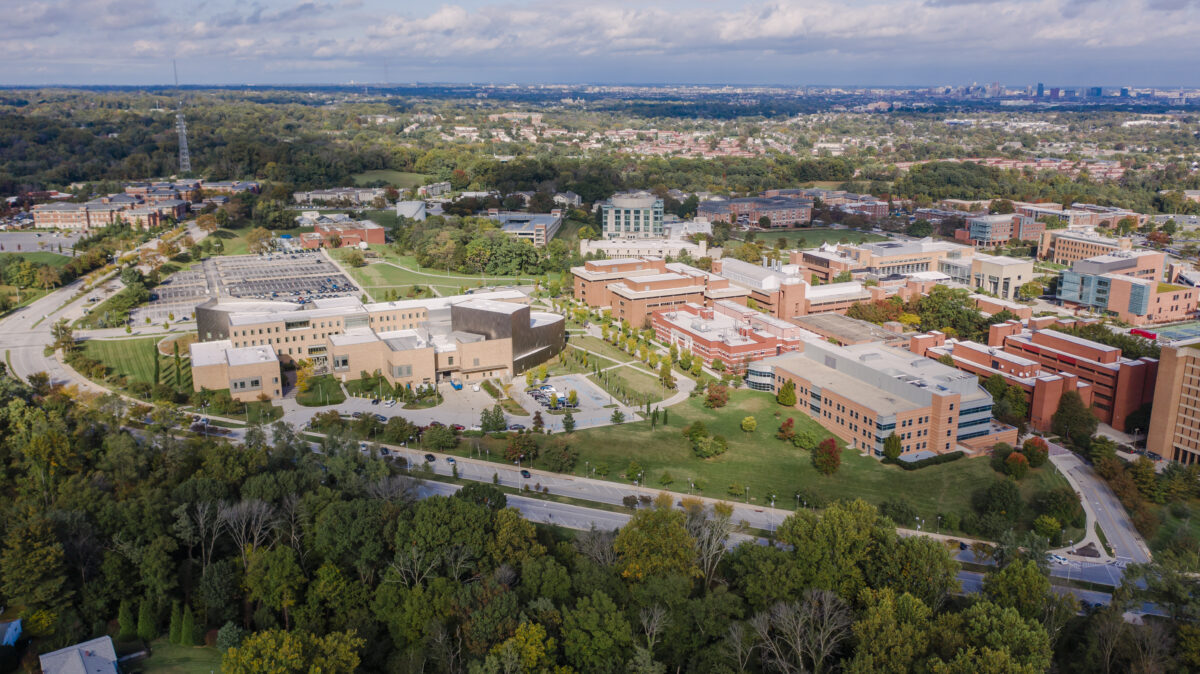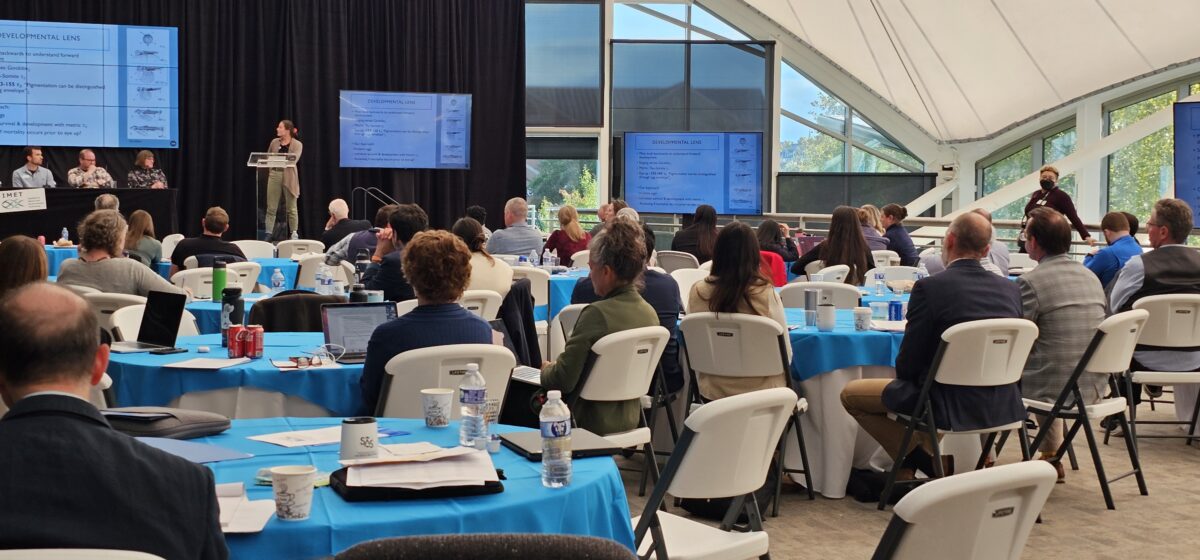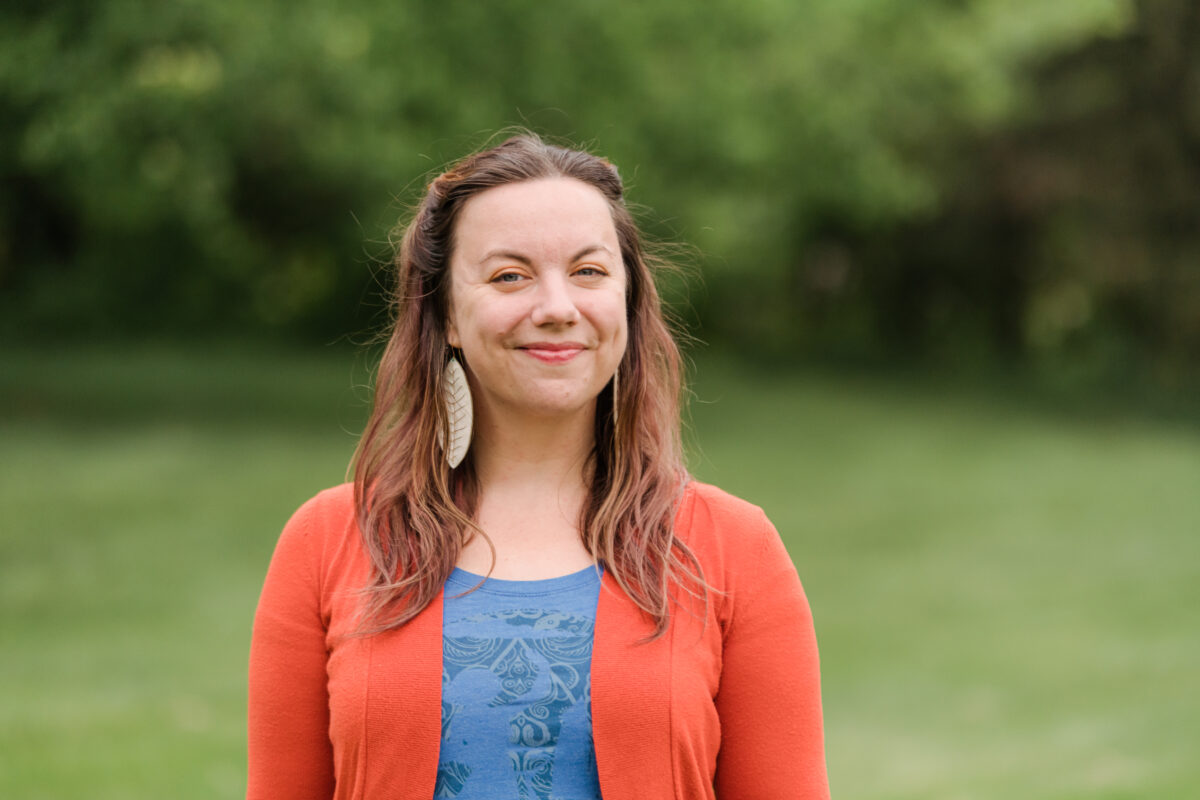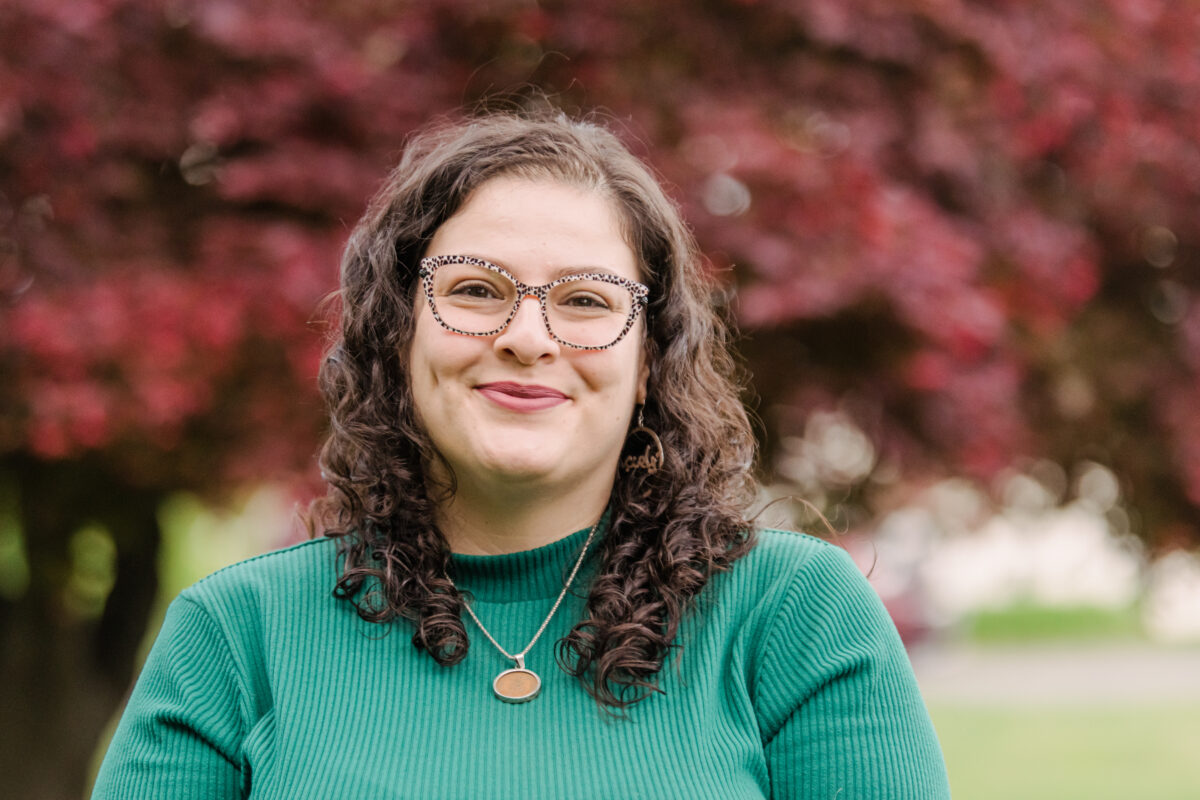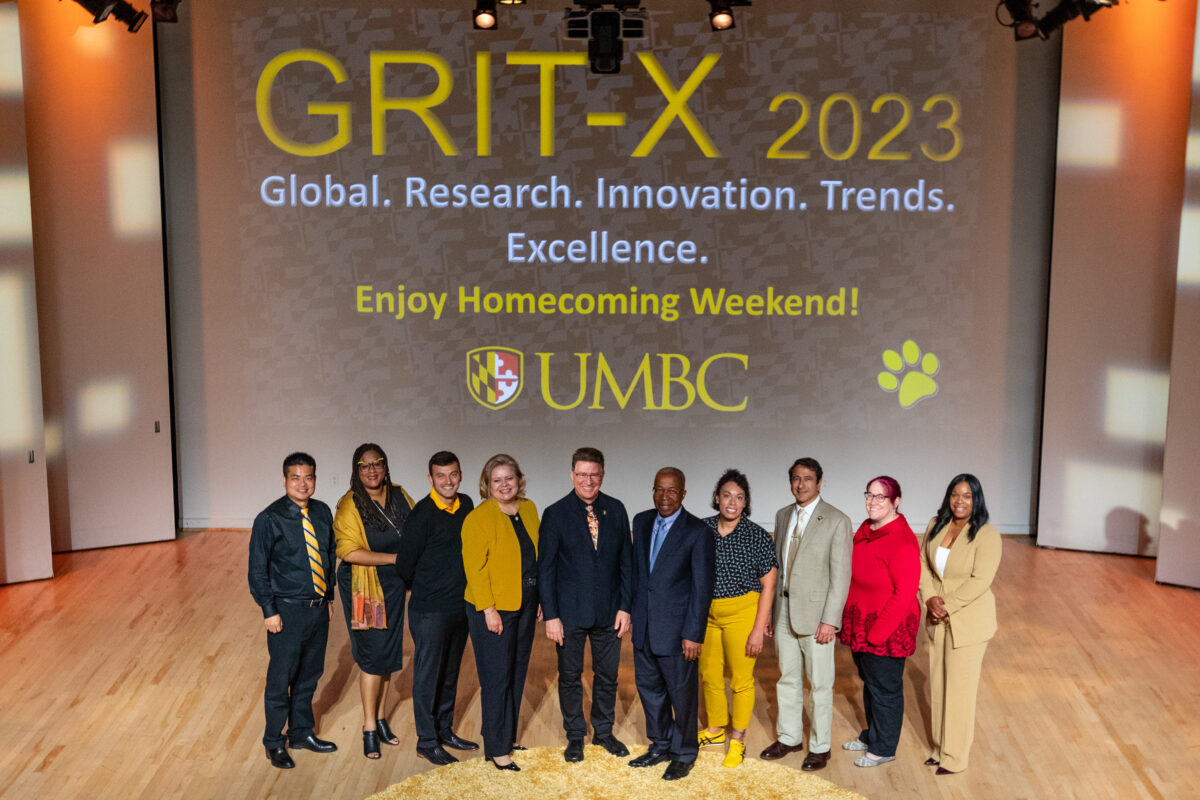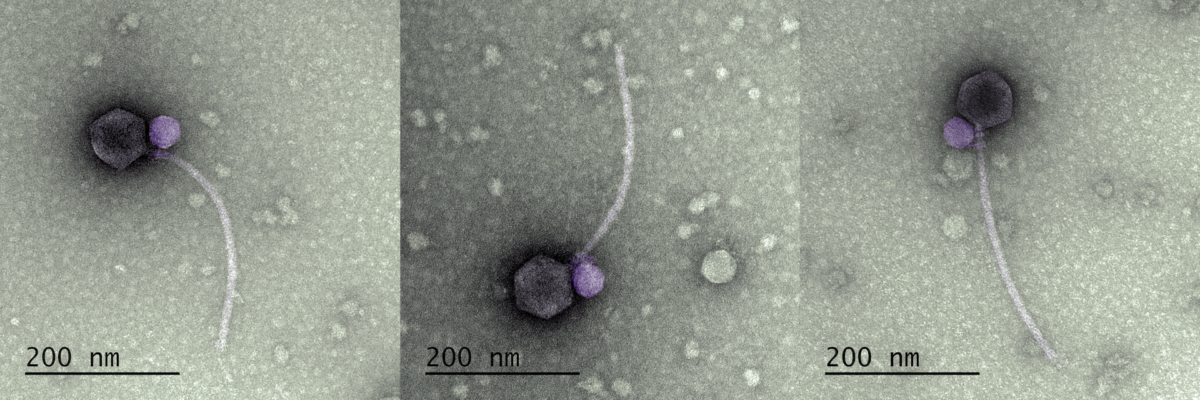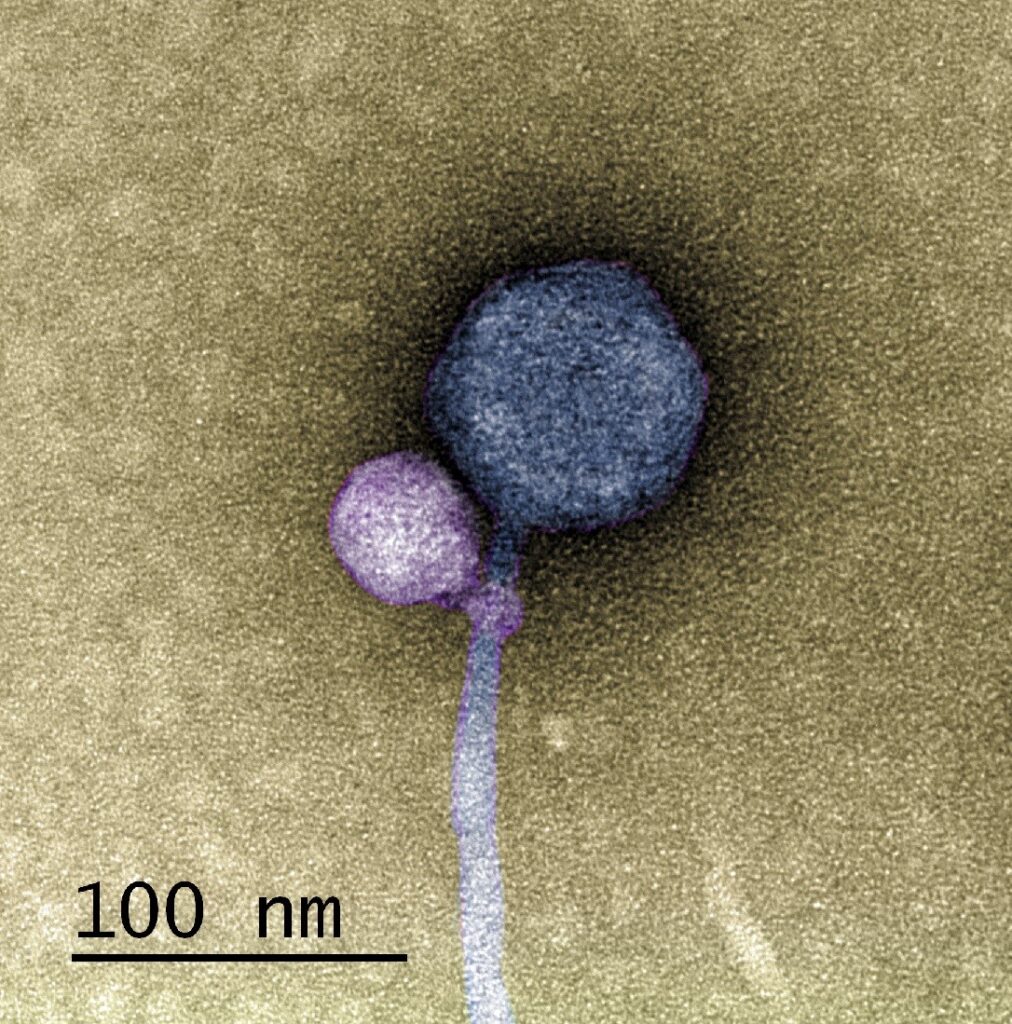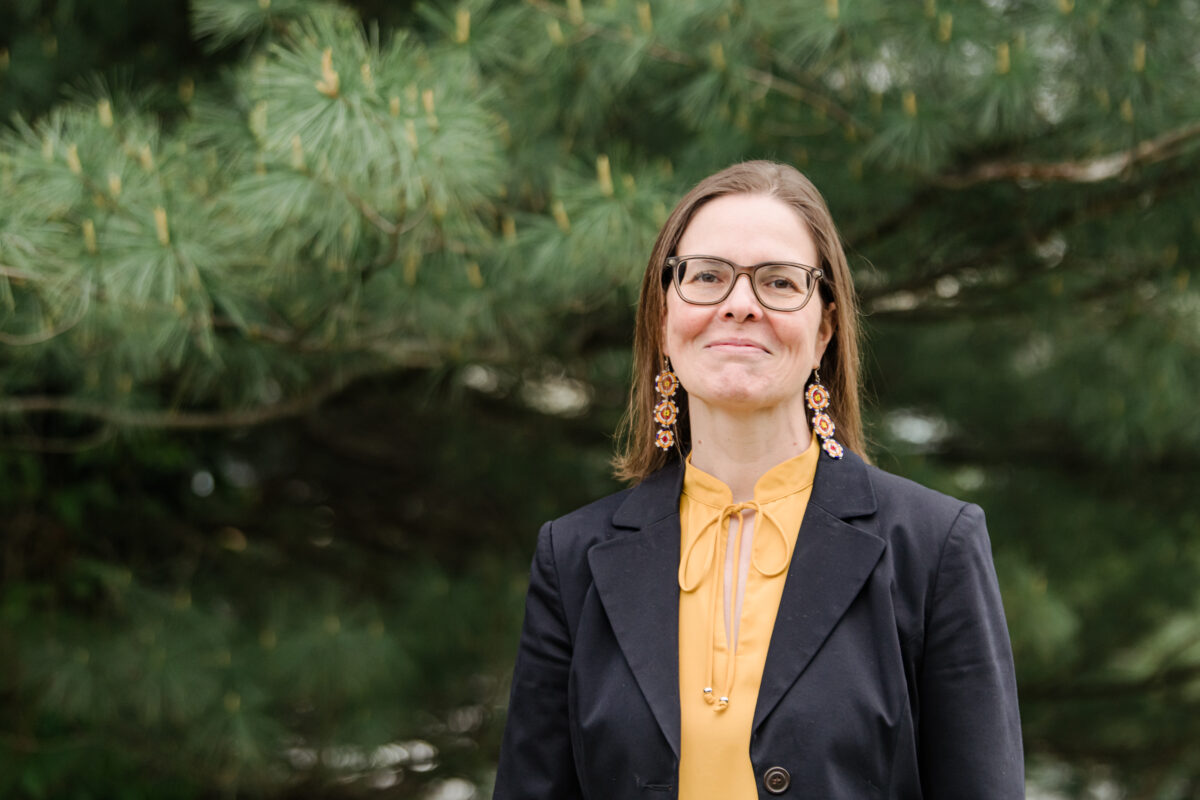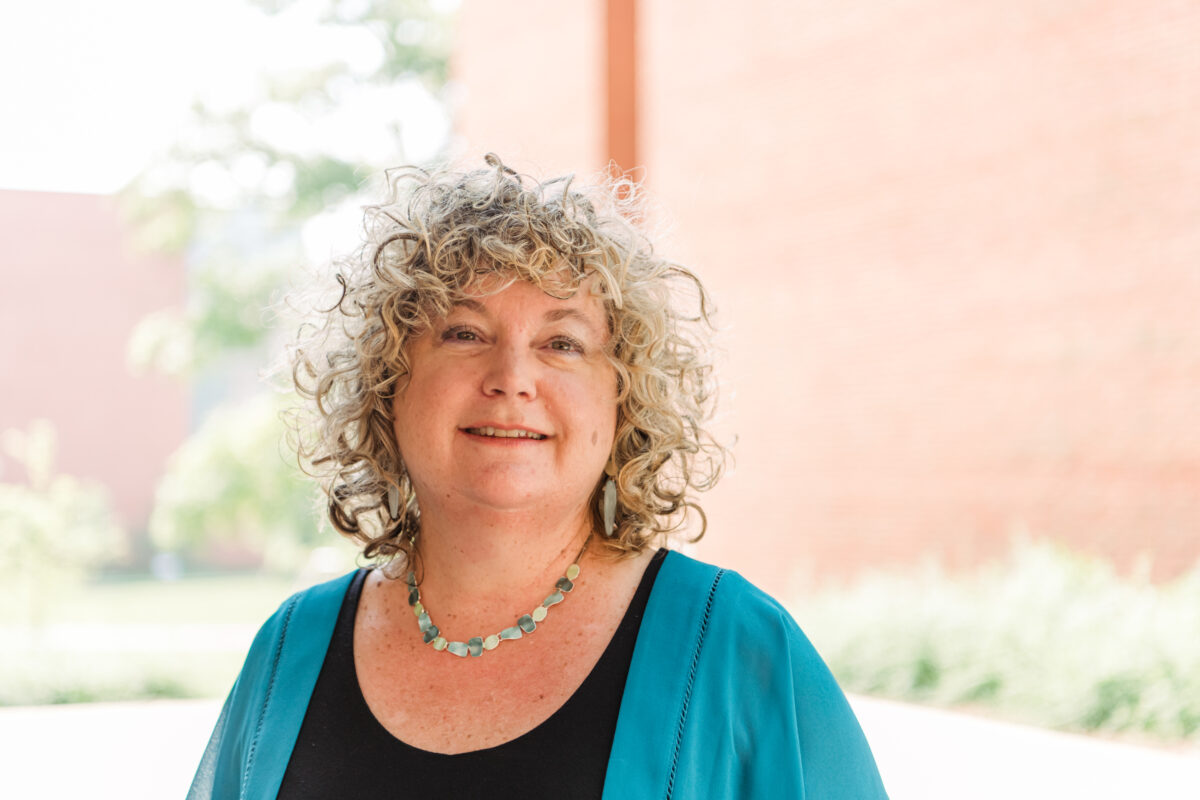UMBC, UMB receive $4 million NIH REACH grant to create new biomedical and life sciences accelerator program
UMBC is continuing its commitment to diversifying Maryland’s biomedical and life sciences ecosystem through its latest collaborative effort with the University of Maryland, Baltimore to develop a new life sciences accelerator program focused on faculty development and research commercialization efforts. Continue Reading UMBC, UMB receive $4 million NIH REACH grant to create new biomedical and life sciences accelerator program

